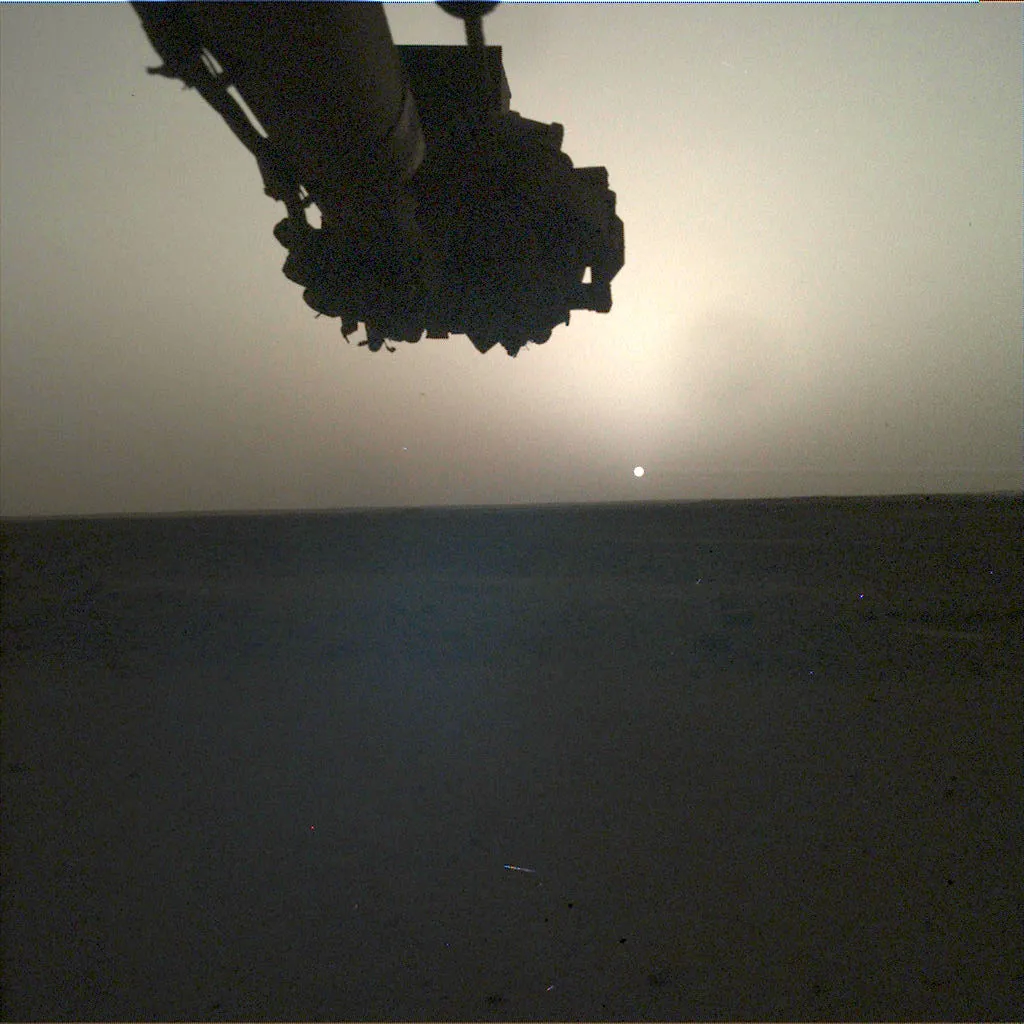How far is Mars from the Sun? On average Mars is about 228 million kilometres or 142 million miles away from the Sun.
You could also express Mars's distance from the Sun as 1.5 AU – that is, 1.5x as far from the Sun as Earth is.
But that’s an average distance.
At the time of writing, for instance, Mars is nearly 245.5 million kilometres from the Sun, and it can get as close as 206.7 million kilometres, or as distant as 249.3 million kilometres.
What does the night sky look like on Mars?

Orbital complications and caveats
The difference in statistics surrounding a planet's distance from the Sun is because planets’ orbits aren’t perfectly circular: the further out from the Sun you go the more elliptical (egg-shaped) they become.
This means the distance between the Sun and the planet in question isn’t constant, but in fact changes constantly.
Hence astronomers talk about a planet's average distance from the Sun (228 million kilometres, in Mars’s case).
The furthest and closest points on planets' orbital trajectories are known as aphelion and perihelion, respectively
For Mars, that’s the 249.3 million and 206.7 million figures mentioned above.

By way of comparison, the average distance between the Sun and Earth is 150 million kilometres (93 million miles).
But that figure actually varies from 147.1 million kilometres at perihelion to 152.1 million kilometres at aphelion.
That means sunlight takes an average of eight minutes and 20 seconds to reach Earth, whereas sunlight takes around 13 minutes to reach Mars.
Just to complicate matters, not only are planets’ orbits neither circular nor uniform, different planets also orbit at different speeds, which means their positions relative to the Sun can vary enormously.
So while a day on Mars is relatively static, the Red Planets' distance from the Sun is changeable.

Where does Mercury fit in?
All of this explains why we see certain planets at certain times of year and not others
It also explains why, although Venus and Mars are technically the closest planets to Earth, Mercury is actually closer most of the time.
That’s because Mercury spends its time whizzing around our parent star in a tight, close orbit while Venus and Mars can often be found gallivanting way off on the other side of the Sun from Earth.
That’s why missions to Mars need to be planned so carefully, and launch at very specific times – and why the distance from Mars to the Sun is only half the story.
